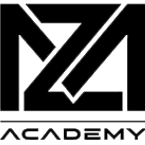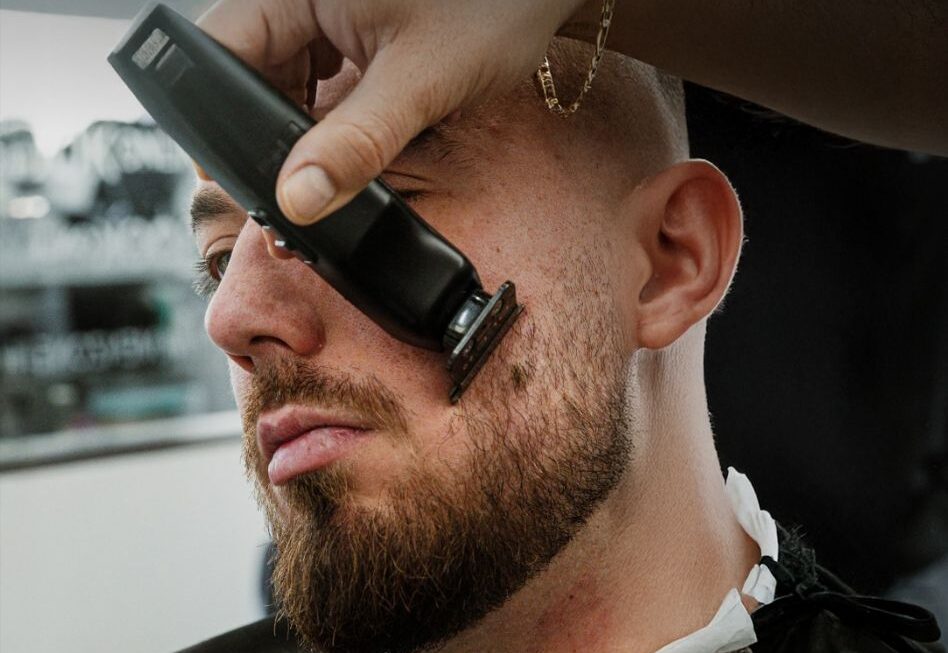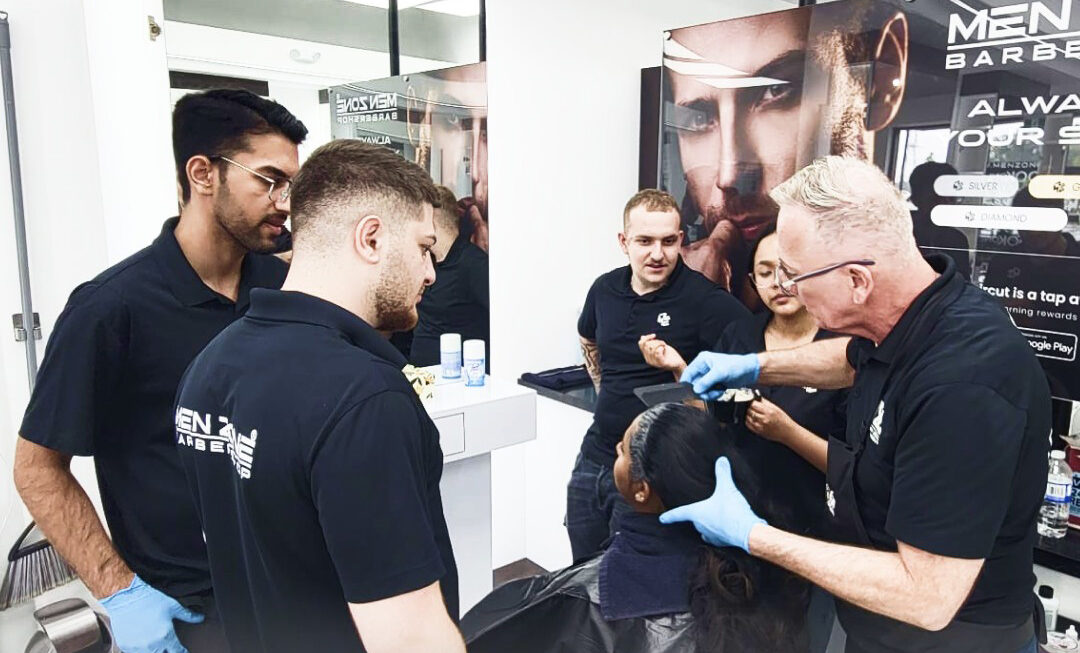There was a time when a clean shave ruled the grooming world. Today, beards aren’t just back—they’re big, bold, and styled to perfection. From tight fades and precise cheek lines to flowing Viking-inspired manes, modern beard styles require more than just patience—they demand sculpting skill, an understanding of face shapes, and a keen eye for symmetry.
Whether you’re an aspiring barber or just a guy wanting to keep your own beard looking sharp, mastering beard sculpting techniques can elevate your grooming game. Let’s walk through the core techniques that define today’s most popular beard styles.
1. Start With Structure: Mapping the Face
Before touching the trimmers, analyze the natural lines of the client’s (or your own) face. A good beard isn’t grown—it’s engineered to enhance bone structure.
Tips:
- Identify the jawline, cheekbones, and chin projection.
- Use a comb to lift the beard and assess density patterns.
- Sketch the intended shape mentally or lightly trim the outline first.
For example, a round face benefits from a fuller beard along the chin and shorter sides, creating a lengthening illusion. On the other hand, men with longer faces should balance the beard with fuller cheeks and a slightly shorter length at the chin.
2. Line Work: Defining the Edges
Line work is where artistry meets precision. The goal? Clean, crisp edges that look sharp without appearing overworked.
Cheek Lines:
- For a natural look, follow the grain and let the beard grow up to its highest natural point.
- For a sharper, styled look, create a straight or slightly curved line from the sideburns to the corner of the mustache.
Neckline:
- Never follow the jawline directly—it often results in an awkward, high cut.
- Use the “two fingers above the Adam’s apple” rule to determine where the neckline should start. Draw an imaginary “U” from behind one ear lobe, under the jaw, and up to the other ear.
Always use a trimmer to outline first, then a razor for the final definition.
3. Fading the Beard
Fading a beard is a game-changer. This technique blends different beard lengths smoothly into one another—especially useful around the sideburns and neckline.
Steps:
- Use a clipper with adjustable guards.
- Start from the temple and work your way down.
- Gradually lower the guard as you move downward to blend into the longer parts of the beard.
Hot Tip:
- Use a brush or comb between passes to lift hairs and ensure a consistent cut.
- Check both sides frequently to maintain symmetry.
This technique pairs well with a faded haircut for a seamless transition between hair and facial hair—a favourite among modern, fashion-forward clients.
4. Working With Texture and Volume
Not all beards grow evenly. Some are coarse and curly, others fine and patchy. Sculpting is as much about working with texture as it is about cutting.
For coarse or curly beards:
- Use a heated beard brush or blow dryer with a comb attachment to stretch and soften the hair before trimming.
- Trim when the beard is dry to get a true sense of length.
For patchy beards:
- Avoid trimming too frequently. Let the beard grow out for a few weeks to assess its fuller potential.
- Shape the beard to highlight fuller areas, such as under the chin—and blend them into thinner sections.
A beard balm or styling product can help add volume and hold shape, especially useful in sculpting pointy or square shapes.
5. Personalized Sculpting Based on Style
Modern beard styles for men are as diverse as the people who wear them. Here are some of the trending looks and a few beard shaping tips:
- The Corporate Beard: Clean lines, medium length, and a tight fade near the ears. Precision is key—keep the cheek and necklines defined.
- The Bandholz: Long and full, this style requires patience and serious grooming upkeep. Focus on taming flyaways and sculpting only to maintain shape.
- The Chin Strap (Modern Version): A more subtle, contoured strap that follows the jawline. Blend it well into the haircut to avoid harsh contrasts.
- The Fade-In Beard: A gradual fade from skin to full beard—requires advanced clipper work and an understanding of facial proportions.
Each of these styles requires adaptability. No one face is the same, and your sculpting should reflect personality as much as facial structure.
6. Tools That Matter
Quality beard sculpting isn’t just about technique—it’s also about having the right beard grooming tools:
- Clippers and trimmers with adjustable guards
- Straight razor or shavette for sharp detailing
- Beard combs and brushes for alignment
- Scissors for fine-tuning and texturizing
- Styling products like beard balm, oil, or wax
Clean and disinfect all beard shaping tools between clients. Great barbership is part artistry, part hygiene.
Conclusion: Where Skills Take Shape
Beard sculpting is more than trimming stray hairs—it’s a craft that blends precision, personalization, and confidence. Whether you’re experimenting with your own look or shaping beards behind a chair, understanding these techniques sets the foundation for modern beard mastery.
If you’re serious about turning this passion into a profession or sharpening your current skills, MZ Academy’s barber school in Mississauga offers hands-on, industry-led barbering programs tailored for real-world success. Learn from experts who shape not just beards—but careers.




